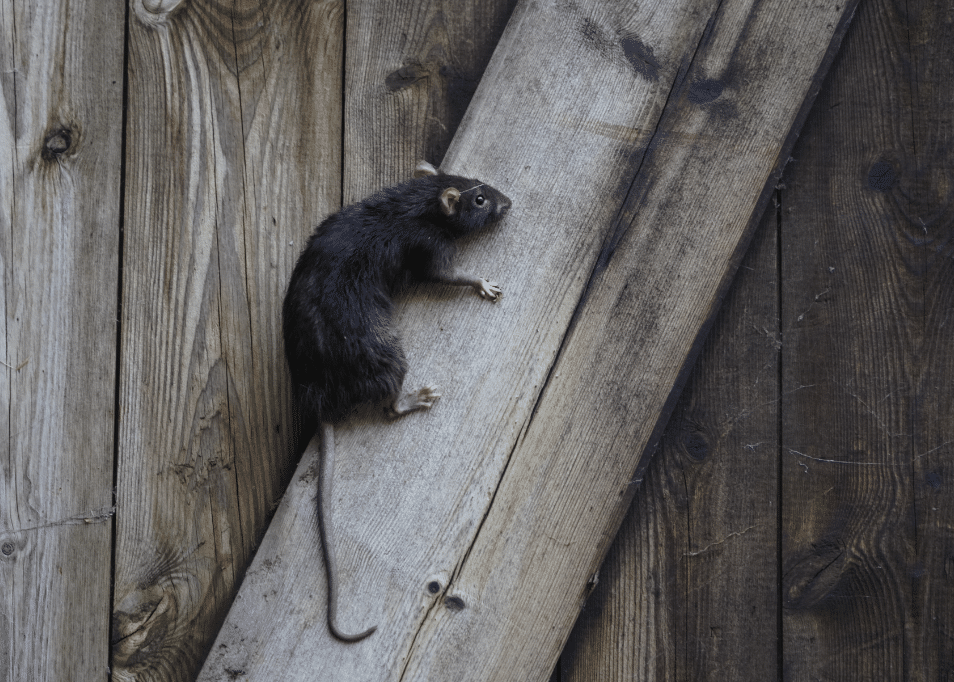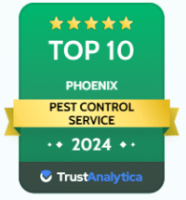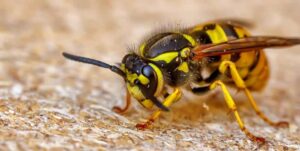Roof rats are a growing problem in Arizona, damaging homes, businesses, and properties. But how did they get here? These rodents weren’t always part of the desert landscape—so what caused them to spread and establish themselves in cities and neighborhoods across the state? By understanding where roof rats come from, what environments they prefer, and how they impact local communities, we can take the right steps to manage and prevent infestations. Let’s take a closer look at their journey, habits, and the best ways to keep them under control.
Origins and Journey to Arizona
Roof rats, also known as black rats, originate from Southeast Asia. From these regions, they spread worldwide, primarily influenced by trade and human migration. Their ability to excel as climbers and their agile nature allowed them to hitch rides on ships, facilitating their dispersal across the globe.
But how did they get to Arizona? The expansion of global trade routes and shipping lines played a pivotal role. As ports became hubs of commerce, roof rats found openings in these new environments. Arizona, despite being landlocked, became a preferred habitat for these rodents due to the warm climate and burgeoning urban areas. The introduction of roof rats to Arizona likely occurred through transportation networks connecting ports to inland cities, enabling these rodents to explore and establish themselves in resource-rich environments.
Habitat Preferences
Roof rats have a strong preference for environments that offer numerous hiding spots and pathways for foraging. They commonly occupy trees and dense vegetation. Their adaptability allows them to thrive in both rural and urban settings, provided they have access to food and shelter.
Understanding specific regional preferences, like those in Arizona, is crucial for crafting tailored preventive measures. These rats are often found in citrus groves, utilizing tree canopies for movement and sustenance. Urban areas with abundant fruit trees and water sources are especially vulnerable to roof rat infestations.
Impact on Ecosystems and Human Environments
The ecological impact of roof rats is significant. They are omnivorous, feeding on fruits, seeds, and small animals, thereby disrupting local ecosystems. Additionally, they pose challenges for humans by damaging electrical wires and structures and posing health risks through various diseases.
In Arizona, the distinct climate and urbanization pattern create unique challenges. Roof rats can severely disrupt local biodiversity by competing with native species for resources, potentially leading to the displacement of local fauna. Understanding their behavior is key to mitigating these impacts.
Managing Roof Rat Infestations
Effective management of roof rat infestations involves a combination of preventive measures and active control techniques. In Arizona, sealing entry points, removing food and water sources, and modifying habitats are the most effective ways to keep roof rats out. Professional exclusion services can help identify vulnerabilities in structures and implement long-term solutions to prevent infestations from recurring. Working with experienced pest control professionals ensures a customized approach that addresses the specific challenges of roof rats in Arizona’s urban and residential environments.
Frequently Asked Questions
Q: How can I identify the presence of roof rats?
A: Common signs include nocturnal noises, droppings, gnaw marks on wood and wires, and disturbed pet food. Roof rats are typically found in high places such as trees and rooftops.
Q: How do roof rats differ from other urban rodents like Norway rats?
A: Roof rats are typically smaller, more agile, and have a sleeker body than Norway rats. They are excellent climbers and prefer to nest above ground, whereas Norway rats are more terrestrial.
Final Thoughts on Roof Rats in Arizona
Keeping roof rats out for good starts with exclusion and prevention. Sealing entry points, removing food and water sources, and reducing clutter around your home are essential for long-term control. Professional exclusion services can help identify and address vulnerabilities before they lead to an infestation. Staying proactive and removing conditions that attract roof rats helps ensure lasting protection for your home. For expert guidance on rodent exclusion and prevention, explore our resource page.












